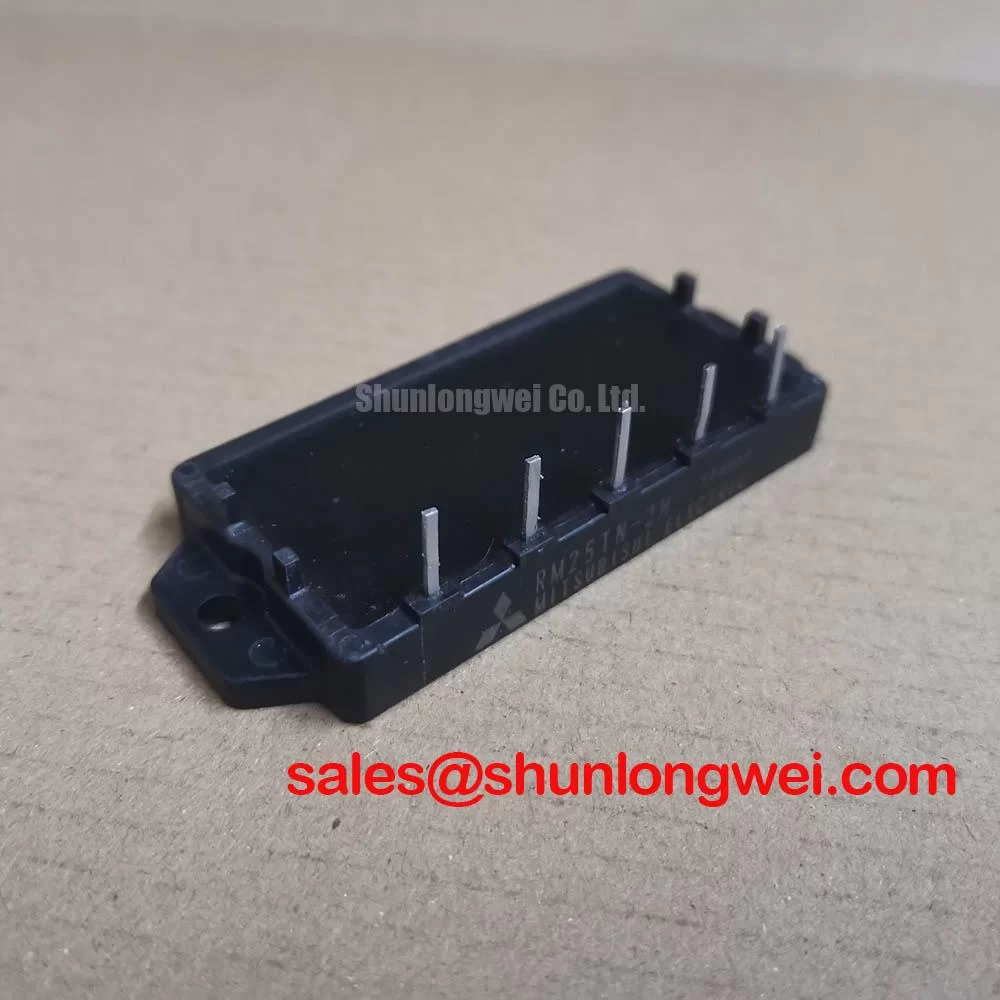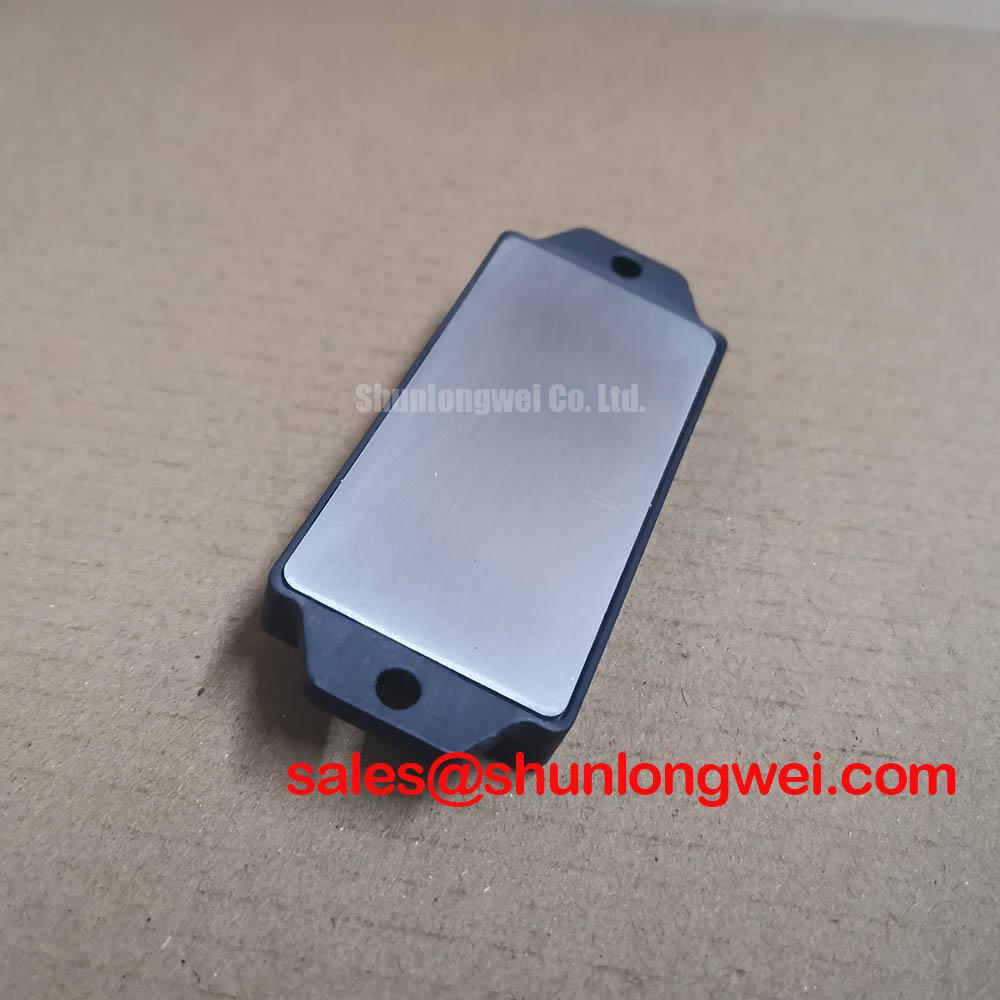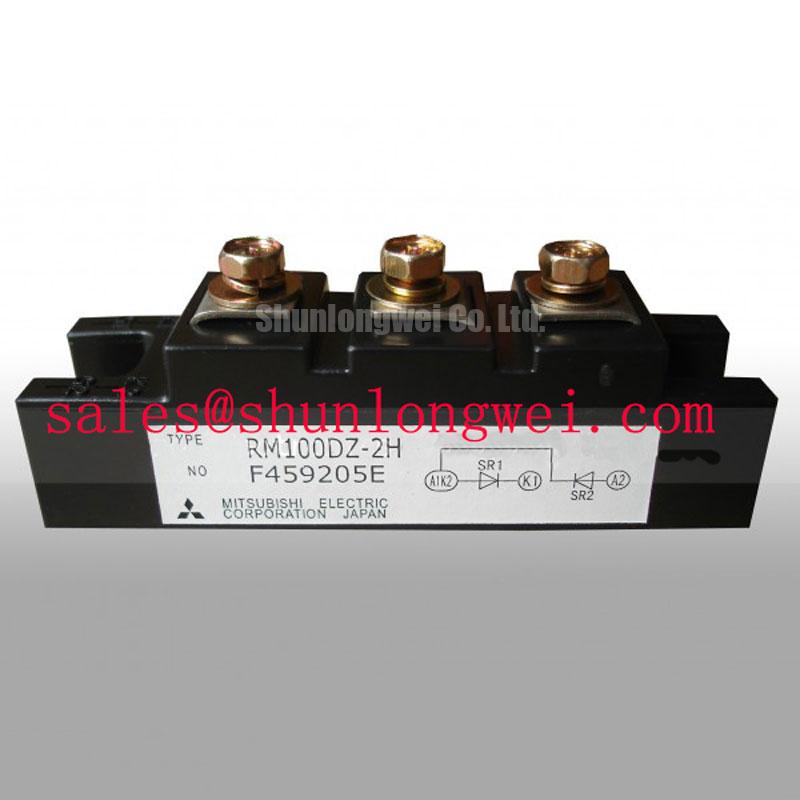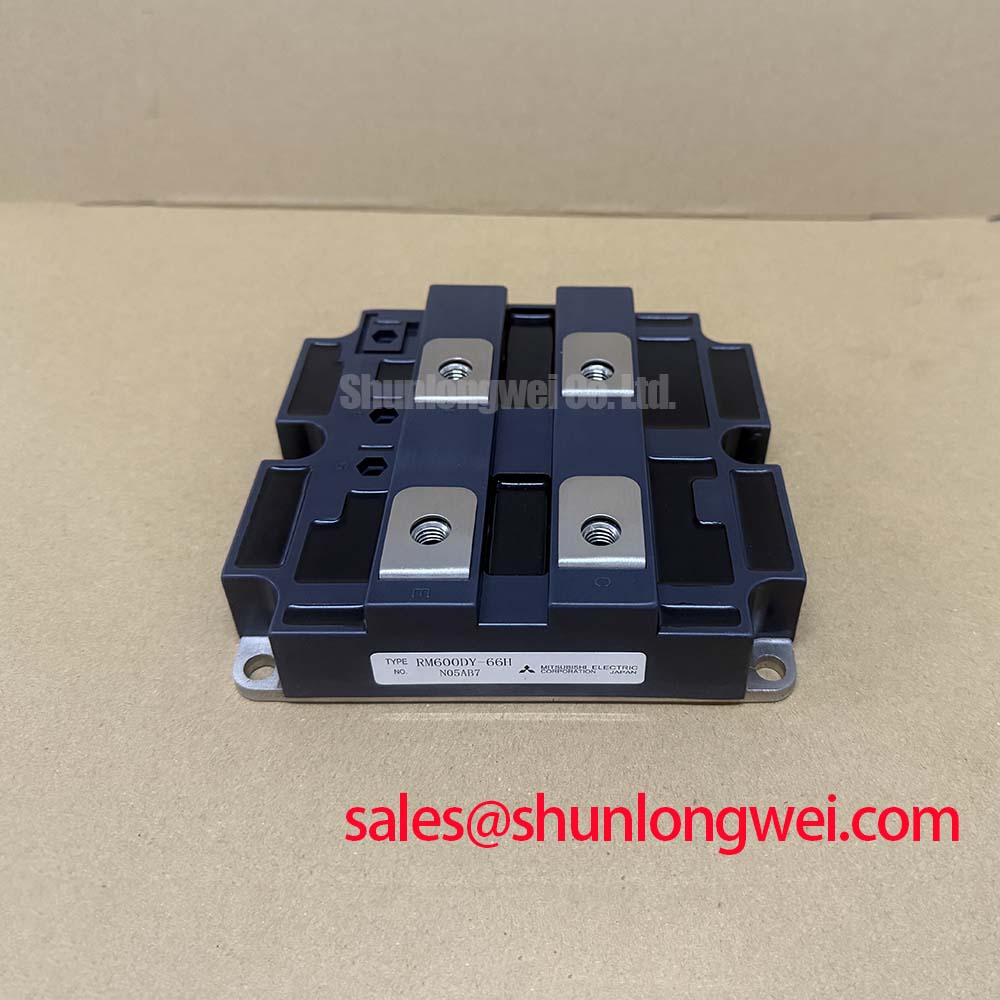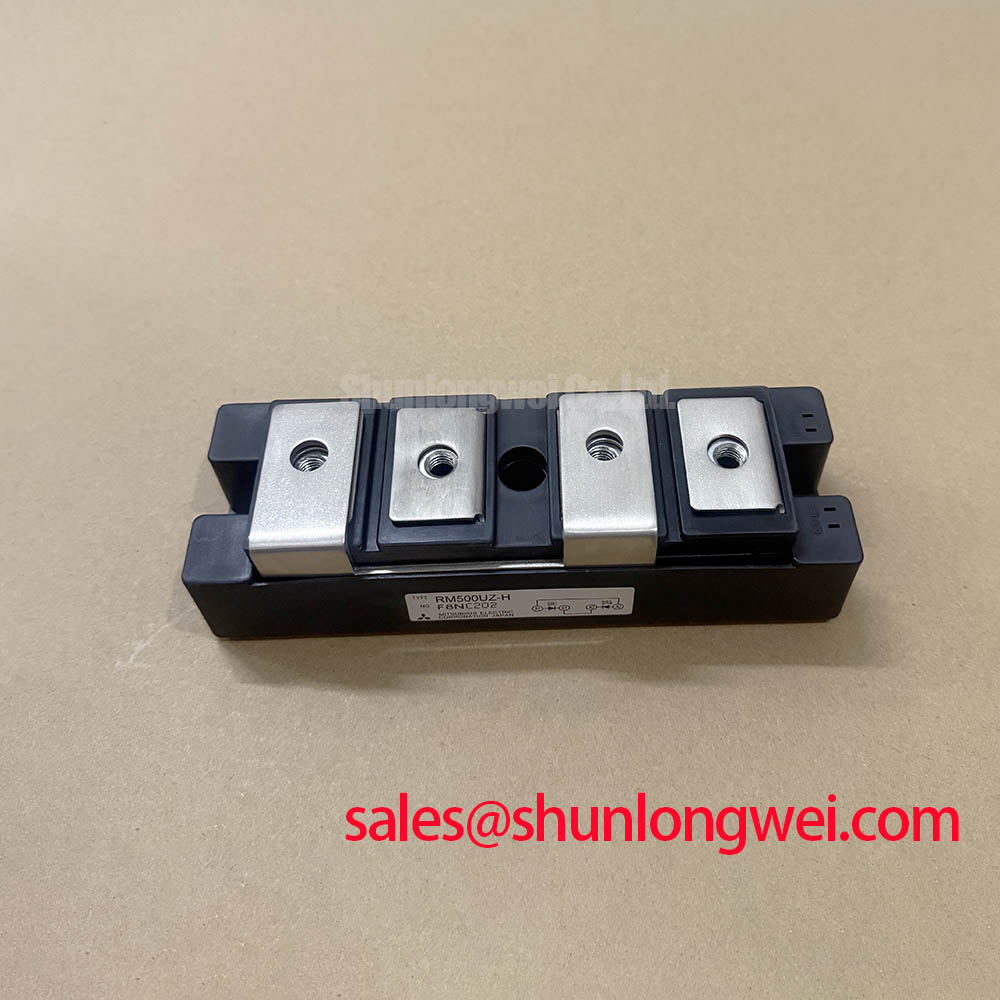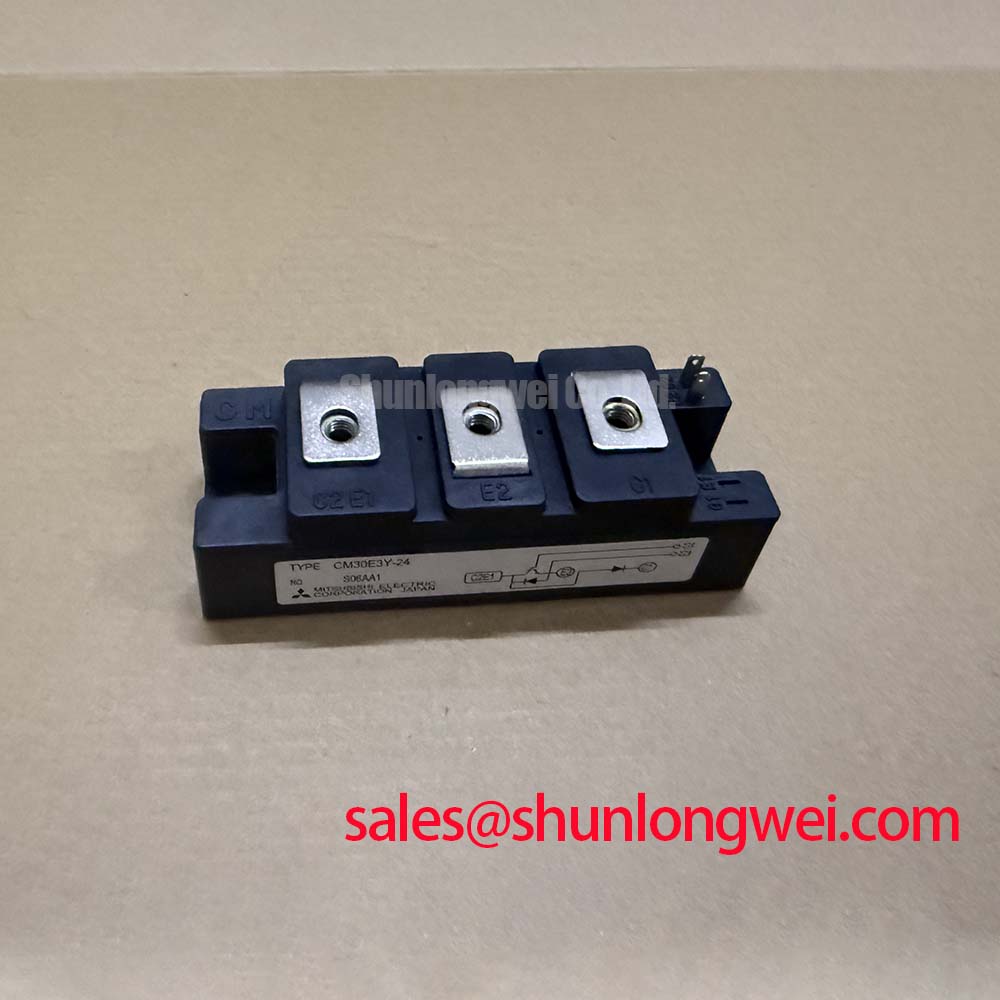Content last revised on November 21, 2025
RM25TN-2H | 1200V 25A Three-Phase Diode Module | Mitsubishi
Product Overview
Engineered for Thermally Efficient and Reliable Industrial Rectification
The Mitsubishi RM25TN-2H diode module provides robust and thermally efficient three-phase rectification for industrial power systems. This device integrates a full bridge configuration into a compact, isolated package, delivering key specifications of 1200V V_RRM | 25A I_O | Electrically Isolated Baseplate. The principal engineering benefits are a simplified thermal design and enhanced long-term system reliability. This module directly addresses the need for a durable rectifier for 400V/480V AC lines by offering a substantial 1200V reverse voltage rating for transient protection. For low-to-mid power industrial drives requiring simplified assembly and robust thermal management, the RM25TN-2H's isolated design is an optimal front-end solution.
Application Scenarios & Value
System-Level Benefits in Industrial Rectifier Applications
The RM25TN-2H is specifically designed for the input rectifier stage of various power conversion systems where reliability and efficient assembly are paramount. What is the primary benefit of its isolated baseplate? Simplified thermal design and enhanced electrical safety. This makes it an excellent fit for applications such as:
- Variable Frequency Drives (VFDs): In compact motor drives, dissipating heat while maintaining electrical safety is a primary challenge. The RM25TN-2H's integrated isolation eliminates the need for external insulating pads, reducing component count and assembly time. This allows for a more direct and efficient thermal path to the heatsink, crucial for reliability in enclosed systems.
- DC Power Supplies: Provides a dependable front-end AC-DC conversion for industrial-grade power supplies, ensuring stable DC bus voltage.
- Uninterruptible Power Supplies (UPS): Serves as the robust input rectifier in online UPS systems, reliably converting AC mains power to charge batteries and supply the inverter stage.
- Battery Charging Systems: Ideal for the power rectification stage in industrial battery chargers for forklifts, automated guided vehicles (AGVs), and backup power systems.
While the RM25TN-2H is optimized for 25A applications, systems requiring higher current handling may consider the related RM50TC-2H, which offers a similar voltage rating with increased current capacity.
Key Parameter Overview
Decoding Key Specifications for Thermal and Electrical Design
The technical specifications of the RM25TN-2H are tailored for demanding industrial environments. The parameters below highlight its capacity for robust performance and thermal stability. A low thermal resistance is a critical factor for long-term reliability and achieving power density goals.
| Parameter | Symbol | Conditions | Value |
|---|---|---|---|
| Absolute Maximum Ratings | |||
| Repetitive Peak Reverse Voltage | V_RRM | - | 1200V |
| Average Output Current | I_O | Three-Phase Full Wave | 25A |
| Surge Forward Current | I_FSM | 50/60Hz Sine Wave, 1 cycle | 300A |
| I²t for Fusing | I²t | Value for one cycle of surge current | 450 A²s |
| Operating Junction Temperature | Tj | - | -40 to +150 °C |
| Electrical Characteristics | |||
| Peak Forward Voltage | V_FM | Tj=25°C, I_FM=25A | 1.35V max |
| Repetitive Peak Reverse Current | I_RRM | Tj=150°C, at V_RRM | 10mA max |
| Thermal Resistance | Rth(j-c) | Junction to Case | 1.3 °C/W |
| Isolation Voltage | V_isol | Terminals to Baseplate, AC 1 min. | 2500V |
Download the RM25TN-2H datasheet for detailed specifications and performance curves.
Technical Deep Dive
A Closer Look at the Isolated Baseplate and Thermal Path
A defining feature of the Mitsubishi RM25TN-2H is its construction, which centers on an electrically isolated baseplate. This design integrates a ceramic substrate between the semiconductor junctions and the metal mounting base. This seemingly simple feature provides a significant engineering advantage: it achieves high dielectric strength and efficient heat transfer simultaneously. Think of the isolated baseplate as a high-tech thermal window. It's perfectly transparent to heat, allowing it to escape the semiconductor junction efficiently, but it's completely opaque to high voltage, blocking it from reaching the heatsink and the rest of the chassis.
This design directly impacts the thermal management strategy. The module's specified Thermal Resistance (Rth(j-c)) of 1.3 °C/W quantifies the efficiency of this heat path. Rth(j-c) is like the resistance of a pipe to water flow. A lower value signifies a wider, smoother pipe, allowing heat (the 'water') to flow away from the critical diode junctions with minimal obstruction. This efficiency in heat removal is fundamental to preventing the device from exceeding its maximum junction temperature, directly contributing to a longer operational lifespan and more reliable performance, especially under continuous load conditions found in industrial Variable Frequency Drive (VFD) applications.
Frequently Asked Questions (FAQ)
Engineering Inquiries on the RM25TN-2H
What is the primary engineering advantage of the RM25TN-2H's electrically isolated baseplate?
The main advantage is the simplification of the overall mechanical and thermal design. It eliminates the need for separate, thermally resistive insulating materials between the module and the heatsink. This reduces the bill of materials (BOM), shortens assembly time, and creates a more reliable and efficient thermal interface, which is critical for low thermal resistance paths.
Is the 1200V rating sufficient for standard 480V three-phase industrial systems?
Yes, it is more than sufficient. A 480V AC line has a peak voltage of approximately 679V. The 1200V V_RRM rating provides a substantial safety margin, which is essential in industrial environments to withstand voltage spikes, switching transients, and line fluctuations without risking component failure. This robust voltage headroom is a key factor in building a reliable system.
Design & Application Support
Your Next Steps
For detailed application notes, thermal modeling support, or to discuss the requirements of your specific power conversion project, please contact our technical support team. We can provide the resources you need to effectively integrate the Mitsubishi Electric RM25TN-2H into your design, ensuring optimal performance and reliability from the component level up.


